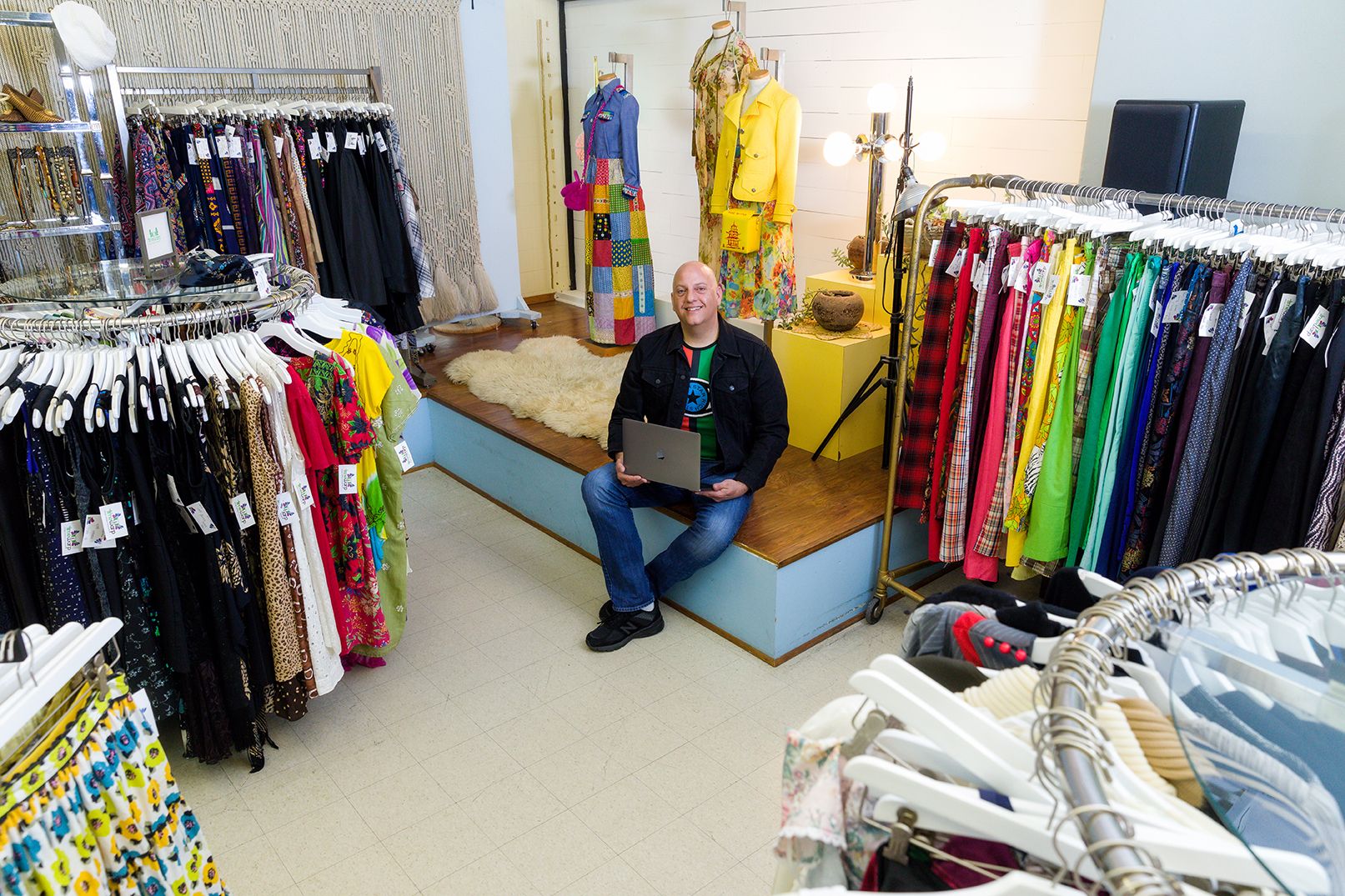To the internet and beyond: Local retailers talk contemporary e-commerce
When Joshua Holder isn’t helping the customers who wander through Time Warp Boutique choose from an assortment of vintage clothing, he’s uploading photos of those ’60s frocks and ’70s bell bottom jeans to Etsy, eBay and occasionally Instagram in hopes of expanding revenues beyond the four walls of his eclectic Government Street store.
Though Time Warp had been investing in e-commerce long before the pandemic, Holder began infusing more money into the boutique’s online presence in 2020, when his business saw online sales nearly double from the prior year. Those investment dollars, which reflect a roughly 30% uptick from years past, have largely gone toward payroll costs, inventory and marketing.
Despite the positive results Holder has seen so far from his increased investment, he doesn’t sugarcoat the oftentimes-trying level of work and commitment it takes to maintain solid online operations while also running a brick-and-mortar store full time.
“If you’re going to be online, you have to put the time in,” says Holder, who posts up to 20 garments weekly on Time Warp’s online platforms. “It has to be on your list of to-dos every single week to list new, fresh items, so that when people do reach your shop online, you keep them coming back. You have to constantly put fresh content on there, or people lose interest.”
With the rise of e-commerce companies like Amazon, which is scheduled to open its Baton Rouge fulfillment center in late 2022, many local retailers have found themselves in similar situations, having to split their focus between digital initiatives and brick-and-mortar operations. As a result, they’ve been forced to make difficult decisions about where to direct their investment dollars.
To learn more about how other local business are holding up in the e-commerce sphere, read the full story from our sister magazine, the Baton Rouge Business Report.












